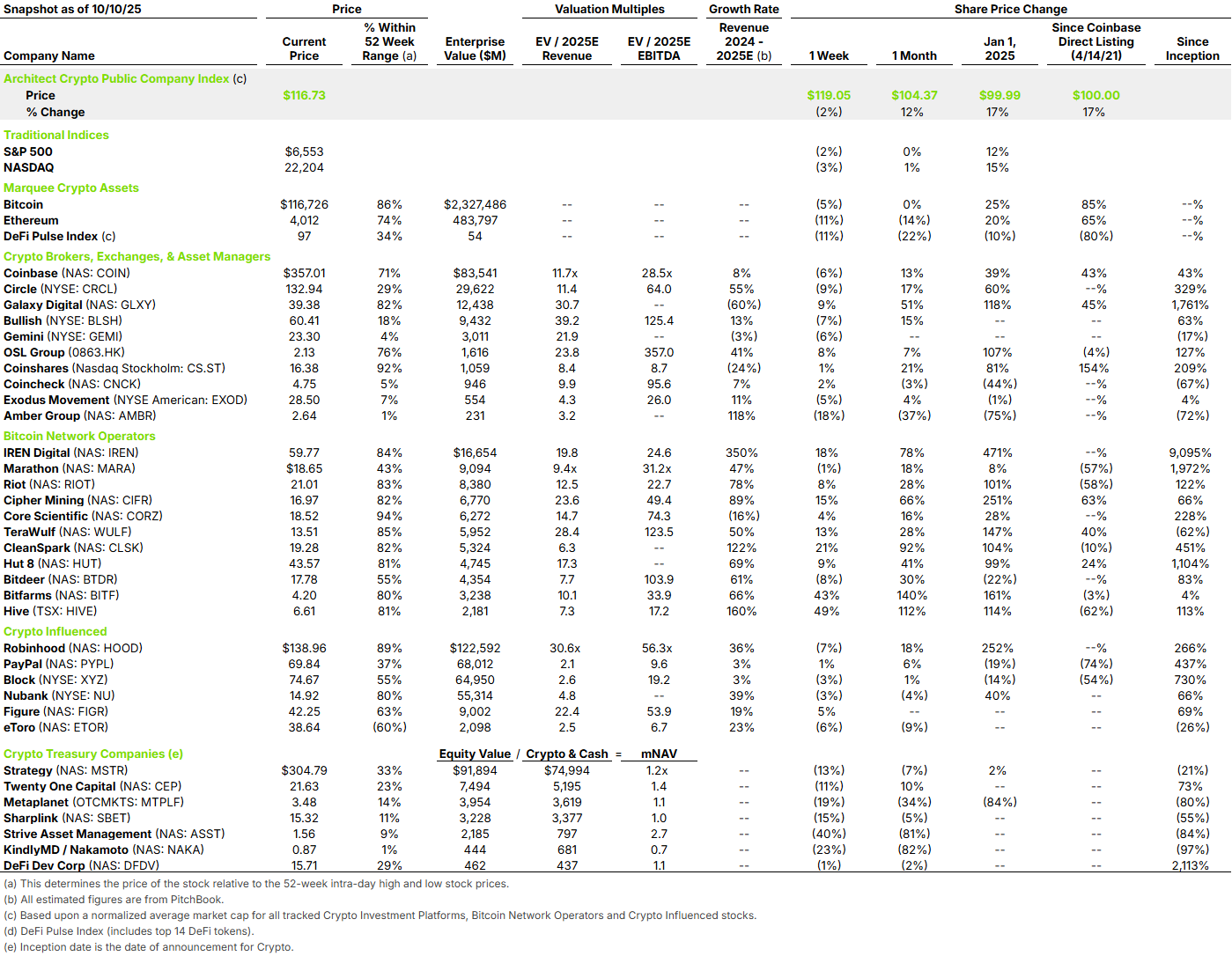The last six months have seen $148B+ of capital flood into 200+ digital asset treasury companies (“DATs”). From April through July, these digital asset accumulation vehicles were trading at significant premiums to their net asset values. However, the tide has since shifted, with most of these companies seeing their premium multiples compress toward 1.0x.
DATs initially gained popularity as they allowed investors to get “BTC-proxy” exposure while having corporate “optionality” like leverage, M&A, and operating initiatives, allowing for juiced-up returns compared to a plain passive hold. On the other hand, management teams could sell premium equity through ATMs or converts and use the proceeds to buy more coins, which lifted NAV per share and reinforced share value.
As these vehicles scaled, however, the overutilization of equity issuances created overhang, causing investors to expect dilution and future issuances closer to NAV, softening demand. Then after lockups expired, PIPE holders sold into a shallow, retail bid. This large supply was absorbed at progressively lower prices often at the expense of early retail investors, leading to weak stock performance and minimal ongoing demand. Finally, competing exposure products improved, as ETPs received approval for in-kind creations and redemptions on July 29, 2025, and their relative stability at 1x NAV can look attractive versus a volatile stock.
Once mNAVs compressed, the flywheel of premium stock issuance to acquire assets was no longer accretive, and DATs began to switch toward repurchasing. While repurchases can lift NAV per share, they do not add assets, which matters for a strategy built on accumulation. Furthermore, when sentiment in a stock is weak, buybacks reduce the share count without attracting new demand, shrinking market capitalization and compressing mNAV further.
With mNAVs tighter, consolidation becomes the clean release valve. Buyers with stronger mNAVs or cheaper funding can acquire peers below NAV and get immediate per-share accretion. The Strive–Semler deal shows how that can still pencil in this environment.

